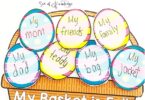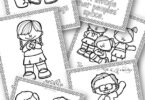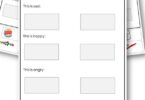Are your students struggling to identify emotions and feelings? This Feeling Words List PDF with real life images specifically made for special needs kids is perfect for use in small groups, a binder and morning check ins. Teaching social skills is so important!
>>> Check out this super cute emotions check in binder and posters for your classroom or homeschool. <<<
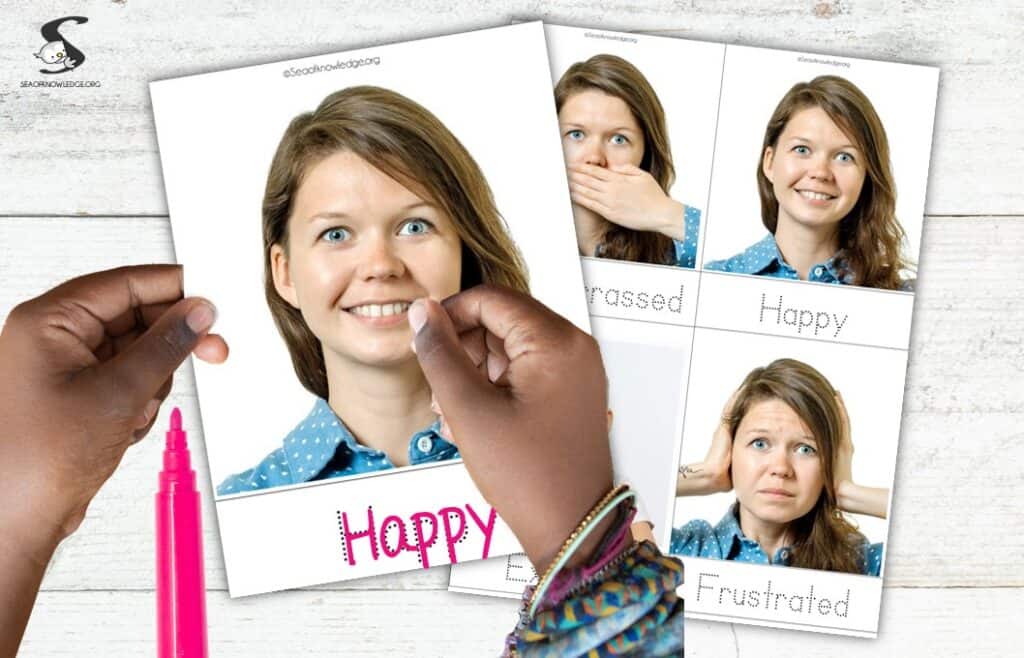
Make feelings chart with real faces and clip pegs they go side to side.
How do we teach kids the 7 types of emotions?
When kids don’t know how to recognise their own feelings, they won’t know how to handle them.
Teaching them that’s it’s okay to feel sad and then find ways to deal with being sad is super beneficial.
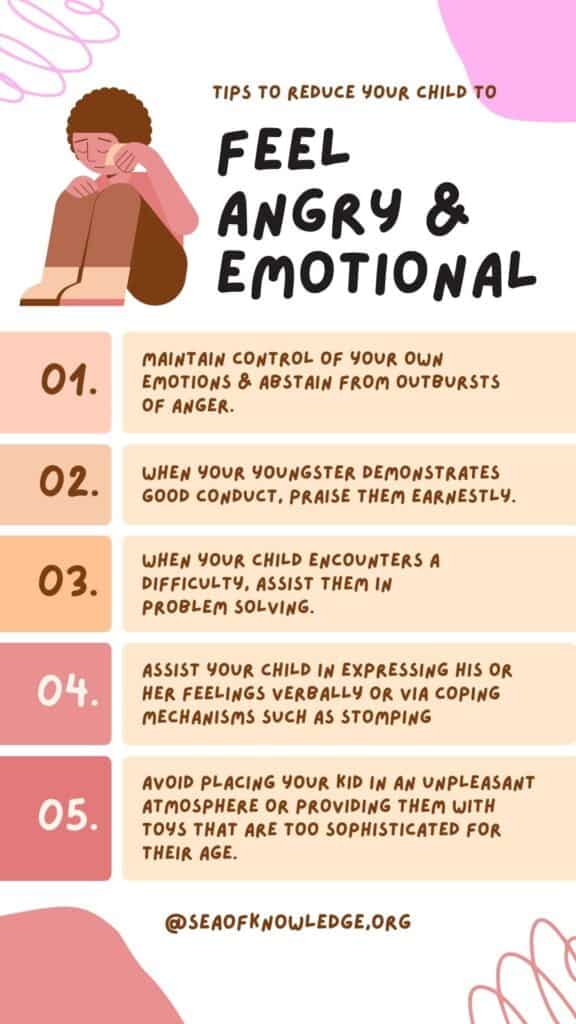
Related: 10+ of the Best Activities Feelings Crafts for Preschoolers + FREE Emotion Playdough Mats
That way, when they encounter this emotion again, they will better know how to support themselves and in turn allow themselves to feel sad. They will understand that it is normal to feel this way.
Normalising feelings is super important.
Words to describe emotions and feelings pdf
Have you heard of regulating emotions by choice of colors? SEL is so easy to implement once you know which area or color you want the kids to identify themselves in.
>> Download this printable at the end of this post!
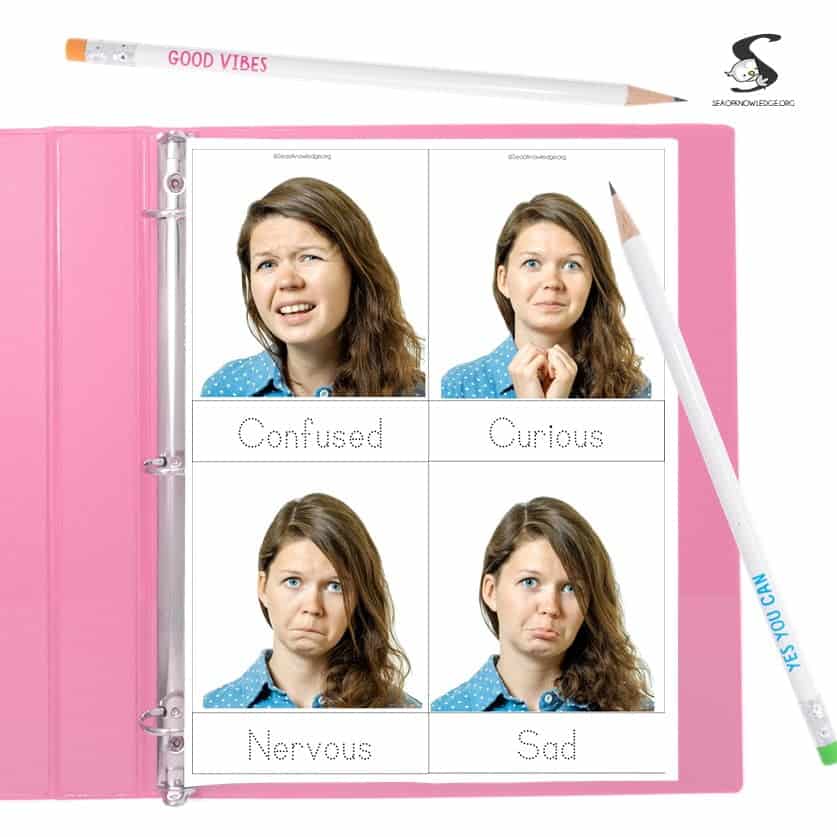
Related: Feelings Chart for Kids Benefits, Tips, and Printables
This chart includes the blue, green, yellow and red color areas.
If the kid identifies himself in the blue area, they might be feeling:
Sad, sick, tired, moving slow, bored
If they are in the green area, they might be feeling:
Happy, calm, okay, focused, ready to learn
If they are in the yellow area:
They might be feeling, frustrated, worried, silly, excited, wiggly.
If they are in the red area:
Mad, angry, terrified, yelling, hitting, scared
Use the chart below to help them identify these feelings and use clipping pegs to place an initial on each to add the peg to the area the child feels that morning.
A visual guide to human emotion
Looking for an easy visually appealing guide for kids to recognise emotions? Using real pictures, will help kids recognise how to their own feelings.
They can easily identify the emotion on the child and apply it to themselves.
Talk openly about feelings with kids
One of the most important ways you can encourage kids to be more aware of their feelings is to talk about each emotion and why we might feel these emotions.
For instance, if they are feeling sad. Ask them what would make you feel sad?
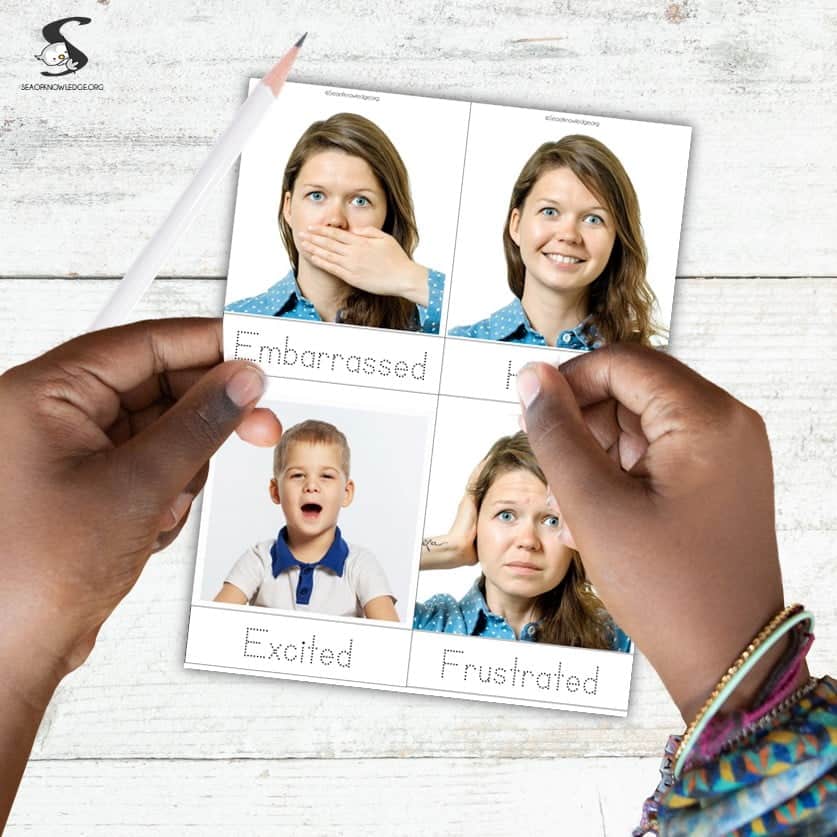
Related: Kids Emotion Chart Emotional Check-in
Maybe if you didn’t get a hug from your parent or caregiver before school, or maybe because you may have forgotten your doll at home.
How can you feel better if you feel sad because of those things?
Then kids will then say,
‘We can play with a friend.’
‘we can find another doll in class to play with.’
Etc.
Kids will usually be able to find things they can do to make them feel better.
Why are kids more sensitive to emotions?
Kids are more sensitive to emotions, they can feel more than adults and this is because their brain is developing.
This can be a good thing as it means that kids are more caring and empathetic towards others. But, it can also be a bad thing as kids can feel things like stress or depression much more intensely than adults.
This section will talk about how kids are emotional and how this affects them in the future.
Emotions are a natural part of being human. Kids in particular are very emotional, and they often feel emotions more intensely than adults do. This is because their brains have not yet developed the emotional control that adults have developed.
Kids feel emotions in response to events, people, and objects around them. They also tend to express their emotions through facial expressions, body language, and tone of voice.
These expressions can be seen by other people around them who are familiar with the child’s emotional responses.
Help them recognise these expressions and body language with this poster printable pack!

